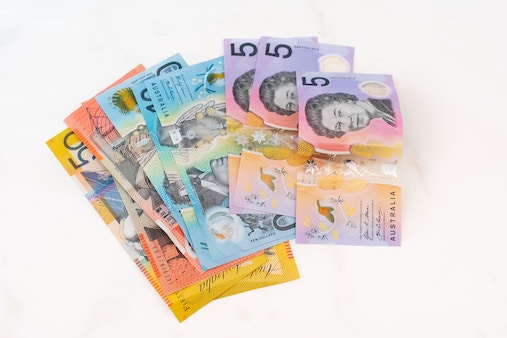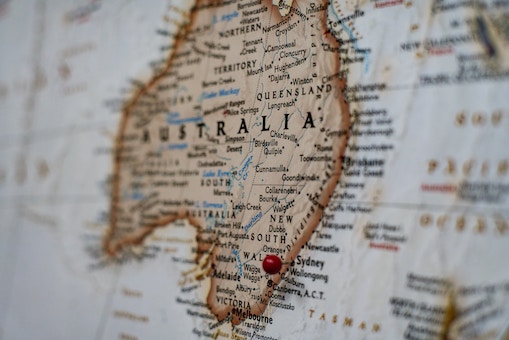Everybody knows about the Australian Dollar.However, how did Australia get its own dollar ?The Australian currency has an interesting history as it has its routes in a lot of political changes back in times. When Shillings, pounds and pence were substituted by the Decimal system the name of the Australian currency became a debate. The then Prime Minister Sir Robert Menzies proposed the name – ‘Royal’ which was finalised amongst many others. Some of the other names that had come up for contention was Austral, the Kanga, The Boomer, The Oz, The Roo, the emu, and the Digger).
Pre Australian Dollar Era
Up until 1813, the English Pound was the currency used in Australia, and theuse of Spanish Dollar was also common. In an attempt to discourage the illegal use of these currencies the coins were put out of use, andthey were soon called ‘dumps’. In the year 1825, the Government supported the use of Sterling standards and the coins from Britain start their journey in Australia. This continued till 1910 When Australian Pounds were launched.
Current Situation of Australian Today

The Reserve Bank of Australia is the Central Bank in Australia which regulates different activities related to it.The currency is also the 5th most traded currency in the trade market. It is popularly known as the Aussies or buck in the trade market. In many way, it is more of a commodity currency as it is related to Raw material exporters.
Given the same reason, the currency is often affected by the Asian and Chinese market. Australian Dollar also finds it place in the carry trade given its comparative high-interest rate. In a carry trade, a low-interest rate is sold for a currency which has a higher interest rate. Australian Dollar uses a symbol ‘$’ and on a code board is called ‘AUD’.
The Dollar denominations for Australian Dollar are $5, $10, $20, $50 and $ 100. The coins come in denominations of $5, $10, $20 and $0.50. The notes and coins show different legends or emblems related to the history of the country.
Availability
You can buy in the currency easily as it is available at Banks, international exchange, airport and hotels. There are all international facilities for withdrawals and ATMs which is widespread. The remote locations may have a limited service. If an international account is used for withdrawal, then additional fees may be levied for the transaction. Options for electronic fund transfer at point of sale are also available at most of the selling counters.

Which Banks Operate in Australia?
Major Banks that operate in the country are the National Bank of Australia, Commonwealth Bank of Australia, Australia New Zealand Bank and the Westpac Banking Corporation. There are more than 70 banks and financial institution for which the Australian Post provides banking services. Thus, credit and debit cards could be used for deposit and withdrawal of money. People can also opt to send in overseas money using the same services.
If you’re going to Australia, just enquire with your bank if they have a branch in Australia, and if so, where it is located.
How do you pay when you’re in Australia?
All the salary accounts and government benefits are to be operated directly by Banks. Australian banks and Government allow the use of credit cards of all kinds, and most Visa and Master cards. However, JCB cards are accepted in a lesser number of places. To avoid any confusion, it is a good idea that you enquire about the cards accepted at the place you’re going to. If you’re limited in your payment options. Keeping in cash is always a safe choice, but we are sure you wouldn’t want to carry a lot of it with you.

If one is travelling to Australia for business or fun, there is no restriction to the limit of Australian currency that could be taken out or brought in the country. You need to declare it at authorised places if needed, to get information on Banks and services.
Where do you go in with your financial questions?
The Australian Bankers Association can provide all the needed support. Also, if there is any need to get information on the currency and conversion rates, currency converters are best to make an estimate. If it is business related, then a weekly newsletter could be used to make sure all the changes in the market are kept in mind. You can find a converter online easily.
